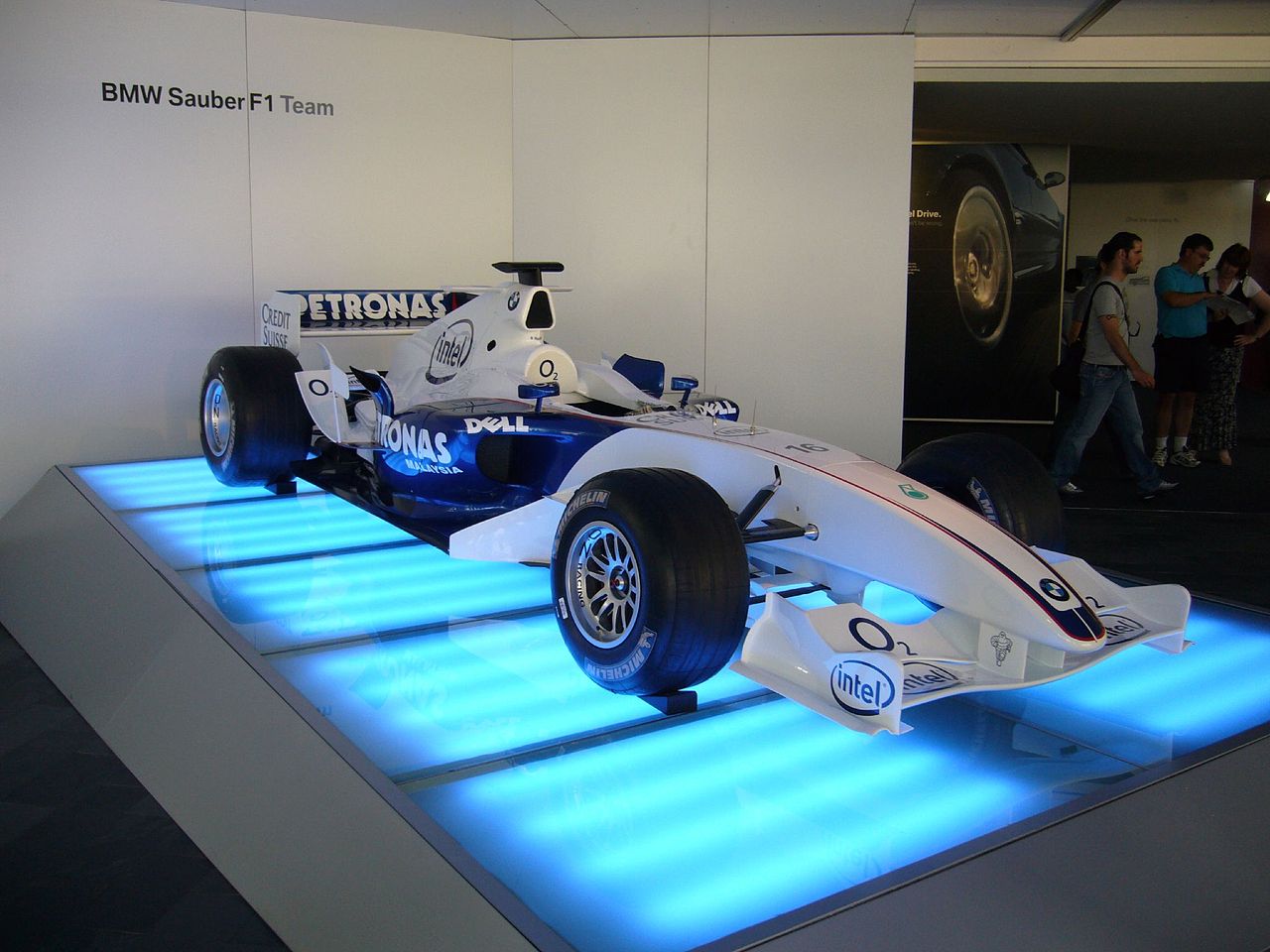
Formula One is the pinnacle of Motorsports and features some of the brightest engineering minds developing the most impressive technologically advanced motorsports machinery, with drivers then taking the cars to the track. Formula One cars might be more complicated than the average online casino and constantly produce incredible amounts of data and a never-ending supply of facts.
With significant amounts of data and decades of history, we could dig through lap times and race recaps to find race-based Formula One statistics. However, we’re giving the technical side of Formula One the spotlight. We’ve assembled four facts that Formula One Racing Technology might not know.
Mercedes Formula One Technology in Road Cars
Did you know that you may have witnessed Formula One technology in action and not know it? Some of the Formula One teams are extensions of large automotive manufacturers that make road cars you might see on any given day. One of Formula One’s technical aims is to create technology that will eventually find its way into road cars anyone can buy.
If you have seen a Mercedes-Benz with the letters “AMG” on it, you are looking at a vehicle with technical ties to the Mercedes-AMG Petronas Formula One Team. The next time a Mercedes-AMG road car passes you on the road, you’ll never forget that some of the technology that helped Lewis Hamilton become one of the greatest racers of all time is the same tech that just passed you.
Mercedes has taken this a step forward by producing the Mercedes-AMG Project One Show Car. This street-legal race car is as close to having as much Mercedes Formula One technology in a road car as possible. In fact, this car’s engine is a 1.6 V6 Hybrid Turbo power unit designed in concert with the Formula One team at the Brackley factory, where the Mercedes Formula One EQ Power+ Formula One power units are designed and built.
Formula One Race Cars Create Enough Downforce to Drive Upside-down in a Tunnel
While technically advanced and reliable power units are a significant factor in Formula One, the biggest thing that separates Formula One cars from all other racing categories is aerodynamic downforce. Downforce is an aerodynamic concept in which a lift force pushes down on a car to give it more grip and traction by manipulating aerodynamic drag. The bigger the wings on a Formula One car, the more downforce the cars crate, making them faster in the corners but slower on the straights.
While downforce creates more grip in race cars, when applied in a different application, downforce is a major factor in longitudinal stability and control of a fixed-wing airplane. Theoretically, a Formula One Car creates enough downforce to drive upside-down on a tunnel. While we don’t recommend trying this, the fact that a Formula One car could drive upside down in a tunnel never ceases to amaze.
Formula One’s Sustainability Efforts
Formula One has made significant changes to make the pinnacle of motorsport more sustainable both economically – with the introduction of the cost cap – and environmentally. While sustainability efforts include lofty goals like zero waste on and off track, did you know that in the near future, Formula One engines will be turning waste products into laboratory-created fuels that can be used in combustion engines in the future?
Formula One introduced E10 Fuel (10% Ethanol mixture) to Formula One in 2022. When new power unit regulations are introduced in 2025-26, the internal combustion engine will no longer burn fossil fuels. Following Formula One’s aim to become net zero C02 by 2030, Formula One power unit manufacturers and their fuel suppliers will create “drop-in fuels.”
These “drop-in fuels” will be created from non-food biomass, municipal waste, or a carbon-capture scheme and will be compatible with standard internal combustion engines in everything from the long-haul logistics industry to your road car.
The Impressive Engineering of Pirelli’s Wet Weather Tires
Formula One has partnered exclusively with Pirelli for racing tire design and manufacturing since 2011. Pirelli introduced new 18” low-profile tires for the new Formula One technical regulations in 2022, a size that enables Pirelli to quickly transfer Formula One tire technology to their road car tires. While tire construction and compounds are constantly changing and improving, there is awe-inspiring engineering going into each type of tire, none more fascinating than the blue-striped wet weather tire.
Did you know that Formula One’s wet tires are engineering marvels that can disperse a trash bin’s worth of water in a second? Crazy, right?
The Pirelli Formula One wet weather tires are 10 mm wider than their slick counterparts. They have a specifically engineered groove profile, giving Formula One cars a higher ride height to help with aquaplaning and grip. The wet-weather tire treads are designed to disperse 85 liters of water per second at 300 kph. That’s a large waste bin or a standard bathtub of water per second.
Image Source: Wikipedia.org








